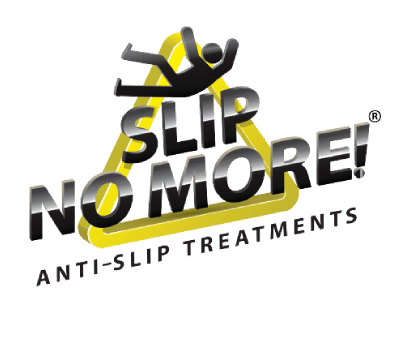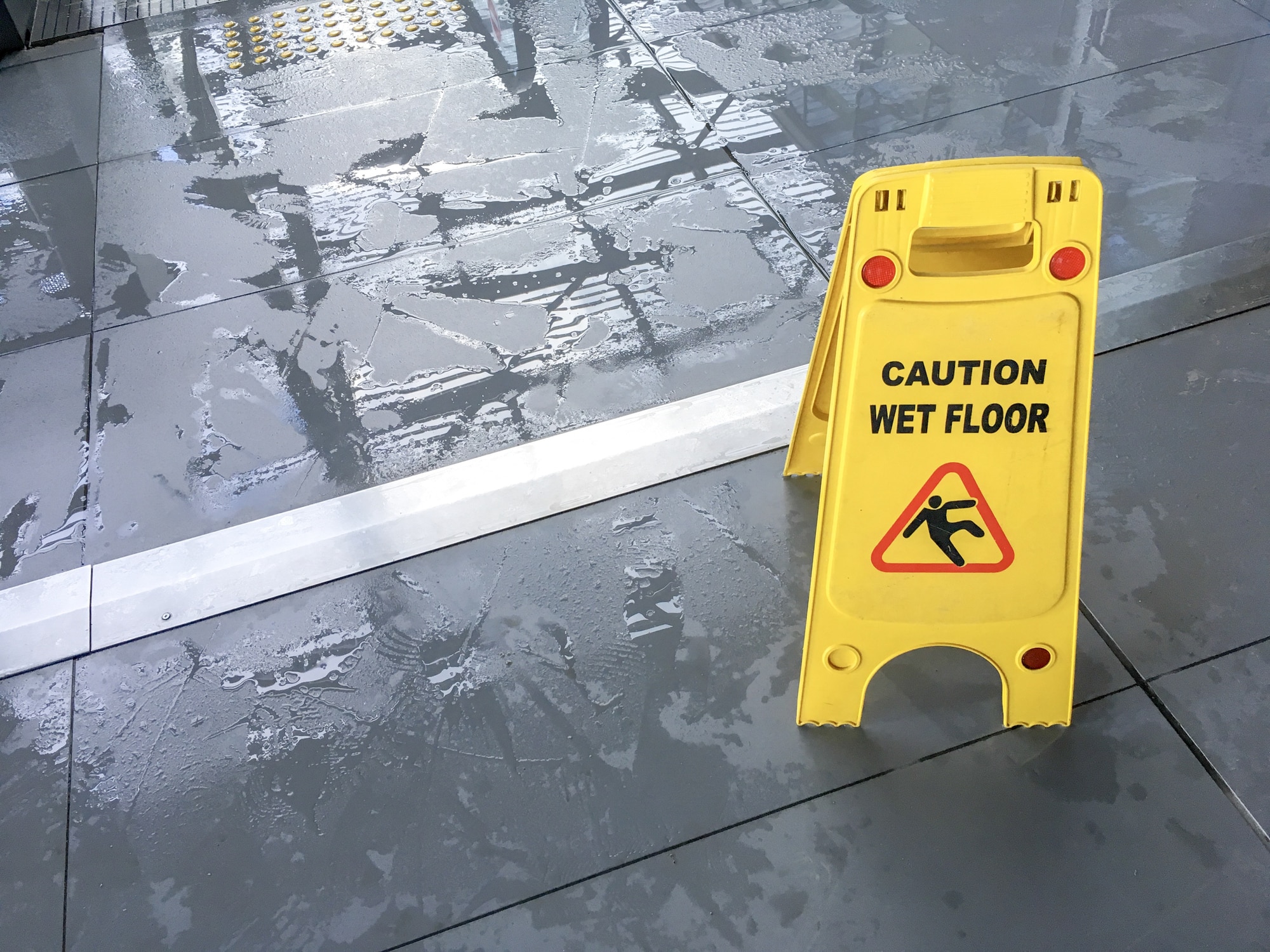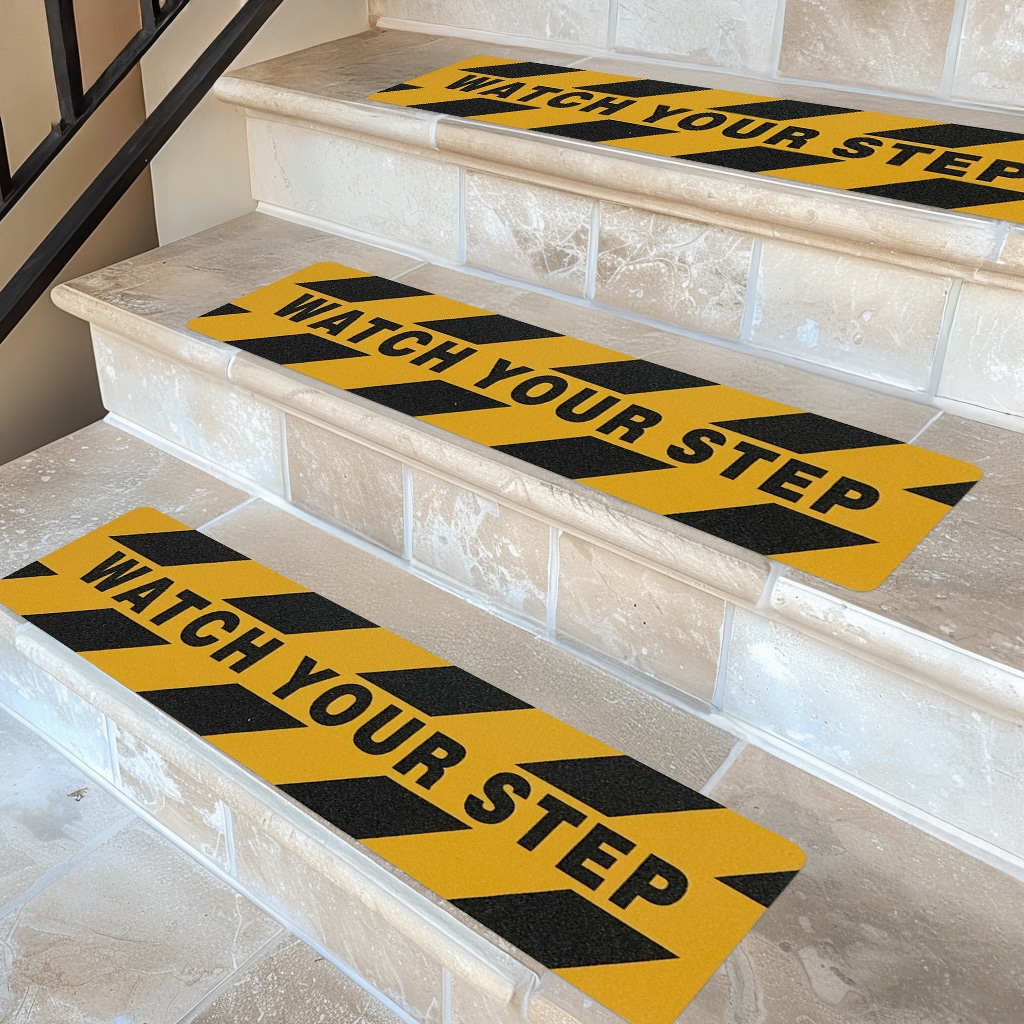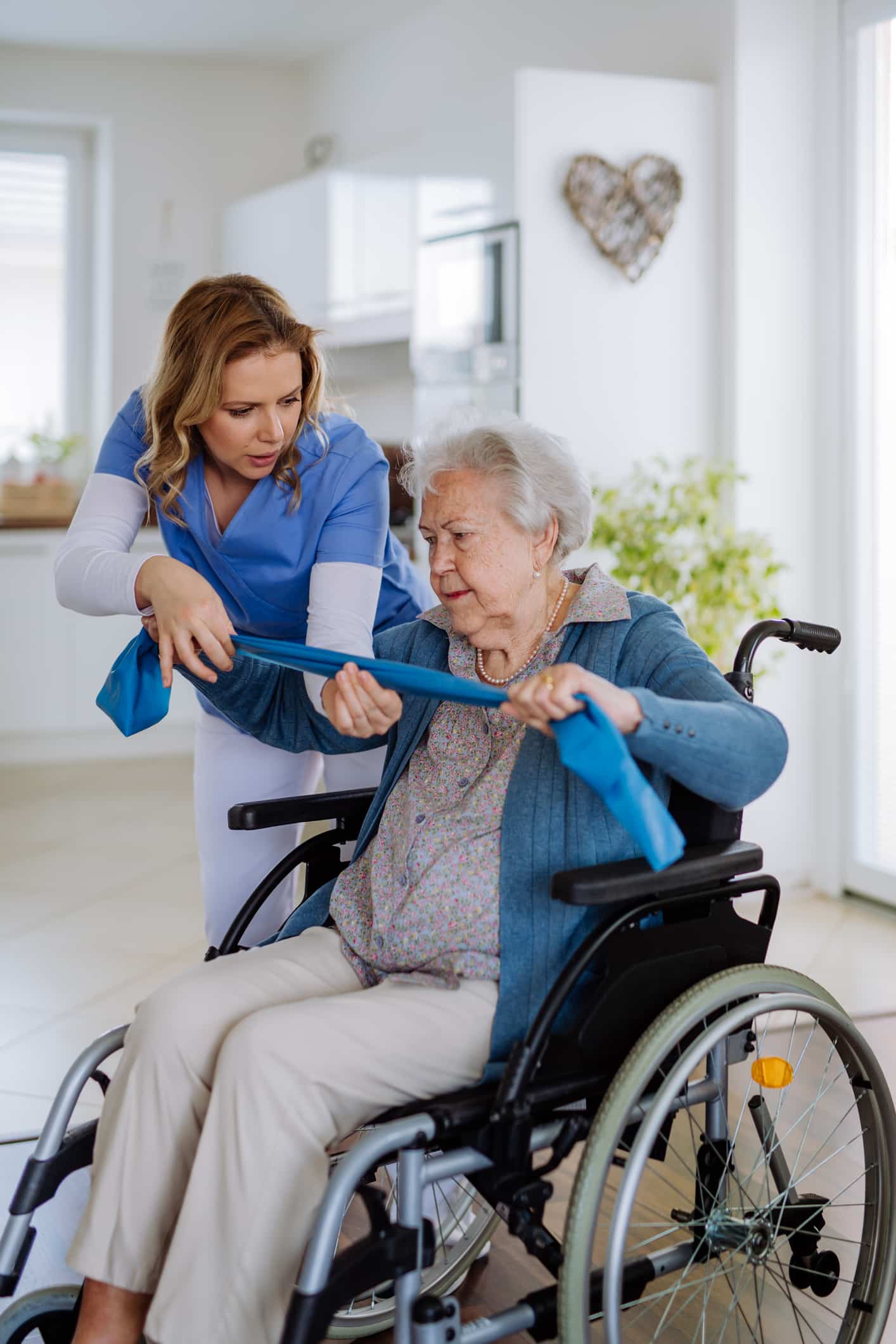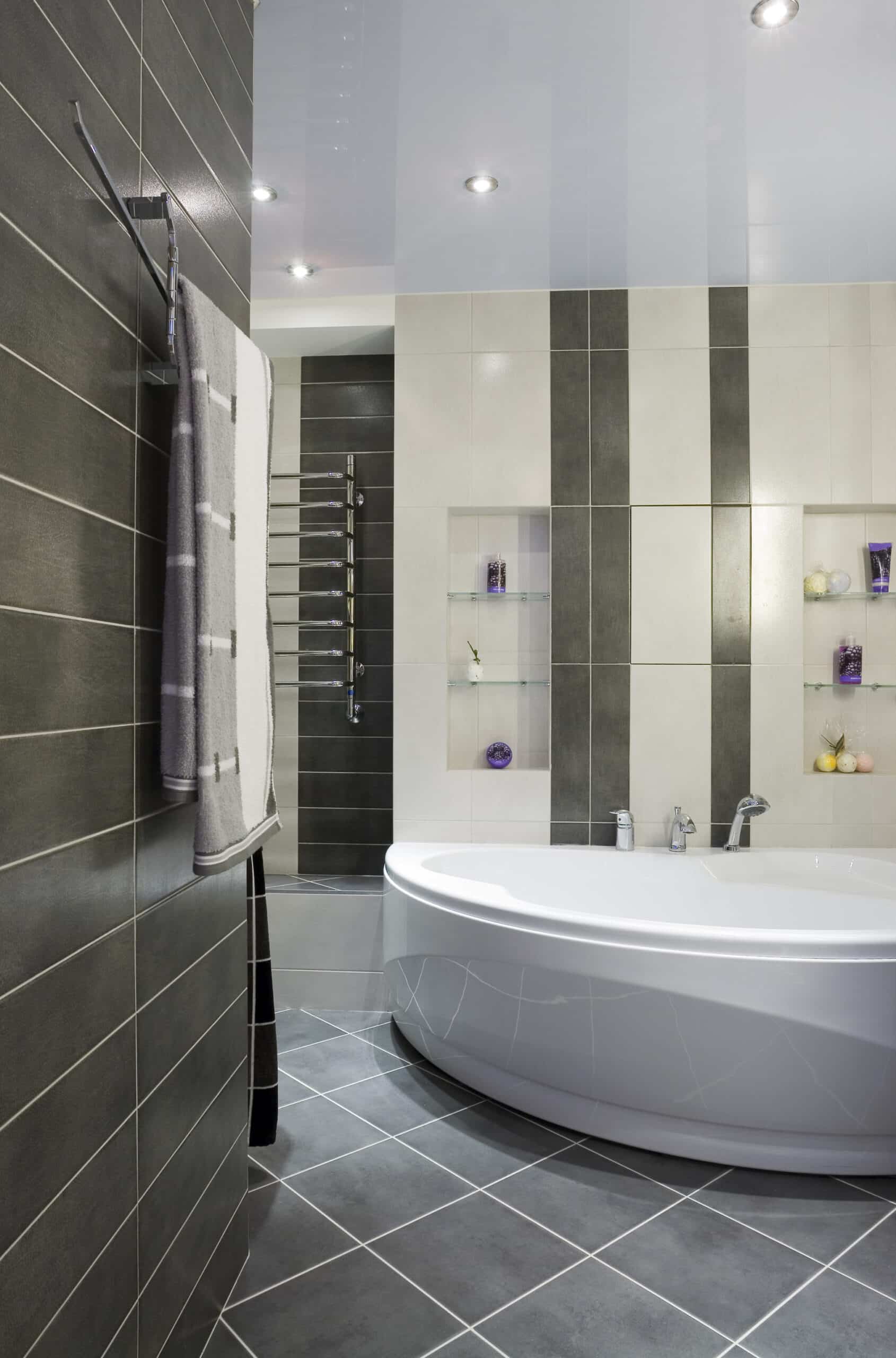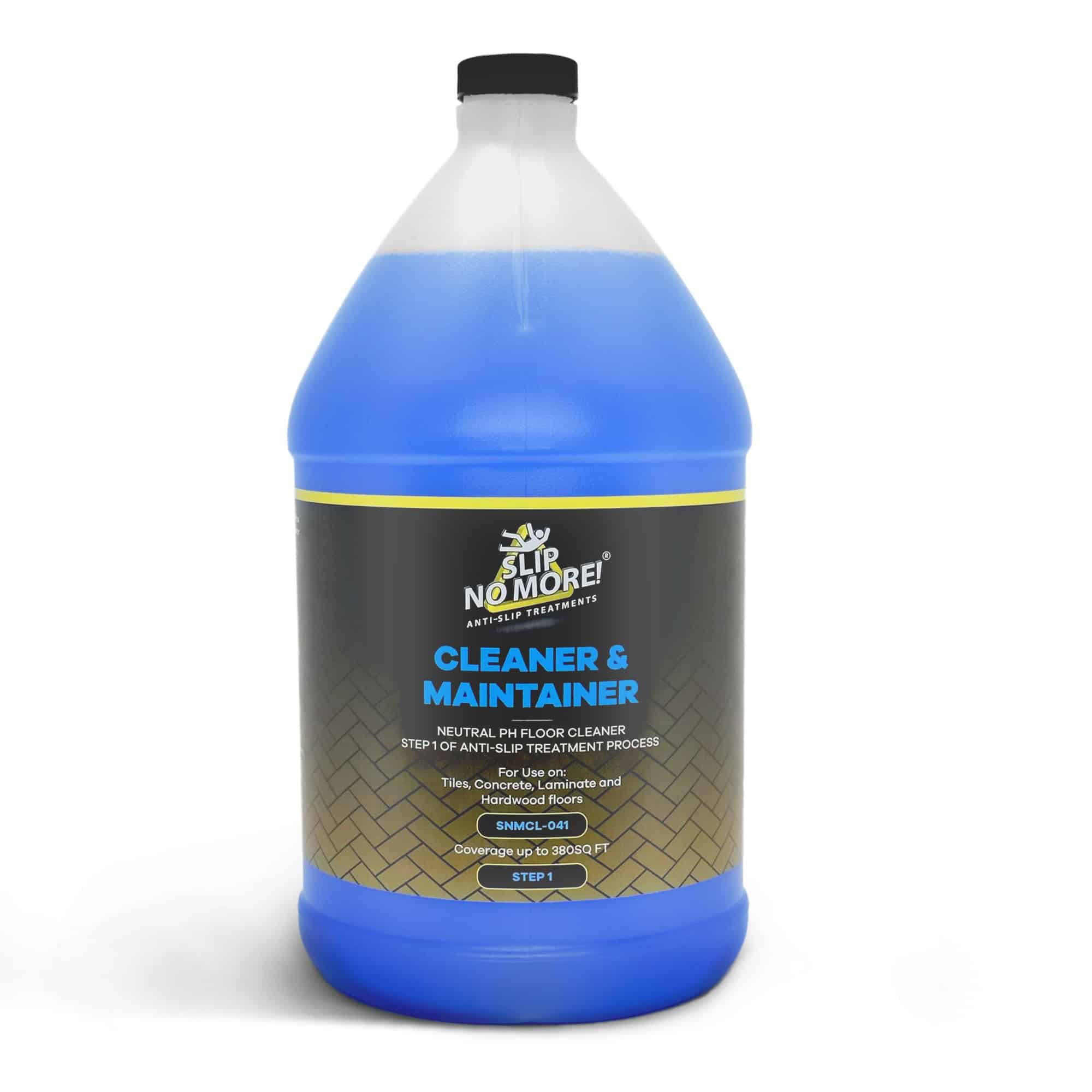From choosing suitable flooring materials to implementing simple maintenance routines, we will cover a range of practical solutions that anyone can apply. Whether you have tile, hardwood, or laminate floors, these tips will help you create a slip-resistant environment without compromising style or functionality.
Our brand believes in prioritizing safety without sacrificing comfort and aesthetics. That’s why we have compiled these proven strategies that will not only enhance the safety of your home but also add value to your living space. Following these guidelines can prevent accidents, protect your loved ones, and enjoy peace of mind.
Stay tuned as we guide you through the ten best ways to prevent slippery floors and ensure safety at home.
The importance of preventing slippery floors
Slippery floors can be a significant safety hazard in our homes, causing slips and falls that can lead to severe injuries. To prevent such accidents and ensure a safe living environment, it’s essential to take proactive measures. This article will explore ten practical ways to avoid slippery floors and protect your loved ones.
From choosing suitable flooring materials to implementing simple maintenance routines, we will cover a range of practical solutions that anyone can apply. Whether you have tile, hardwood, or laminate floors, these tips will help you create a slip-resistant environment without compromising style or functionality.
Our brand believes in prioritizing safety without sacrificing comfort and aesthetics. That’s why we have compiled these proven strategies that will not only enhance the safety of your home but also add value to your living space. Following these guidelines can prevent accidents, protect your loved ones, and enjoy peace of mind.
Stay tuned as we guide you through the ten best ways to prevent slippery floors and ensure safety at home.
Common causes of slippery floors
Slippery floors pose a significant risk to the safety of everyone in your household. Falls from slippery surfaces can cause serious injuries, especially for young children and the elderly. The consequences can range from minor bruises to more severe fractures and head trauma. Taking proactive steps to prevent slippery floors can significantly reduce the risk of accidents and create a safe environment for your loved ones to thrive in.
Before we delve into the preventive measures, it’s essential to understand the common causes of slippery floors. These factors can vary depending on the type of flooring and the environment. Some of the common causes include:
1. Water or liquid spills: Any liquid, be it water, oil, or soap, can create a slippery surface when spilled on the floor. Bathrooms, kitchens, and laundry areas are particularly prone to such spills.
2. Polished or waxed surfaces: Floors that have been polished or waxed for aesthetic purposes can become extremely slippery, especially when wet.
3. Dust and debris: Accumulation of dust, dirt, or other debris on the floor can reduce traction and make it more slippery.
4. Incorrect footwear: Wearing shoes with worn-out soles or improper grip can increase the chances of slipping on any flooring.
5. High humidity: Areas with high humidity levels, such as bathrooms and basements, can create a conducive environment for slippery floors due to moisture buildup.
By identifying the common causes of slippery floors, you can better understand how to prevent them and minimize the risk of accidents.
Tips for preventing slippery floors in the kitchen
Before implementing preventive measures, assessing the risk of slippery floors in your home is essential. Start by evaluating the different areas and types of flooring. Pay close attention to high-risk areas such as the kitchen, bathroom, and entryways. Look for signs of wear and tear, uneven surfaces, or other factors contributing to slippery conditions.
Once you have identified the areas that need attention, you can prioritize your preventive measures accordingly. This will help you create an effective plan to ensure the safety of your home.
Ways to prevent slippery floors in the bathroom
The kitchen is one of the busiest areas in any home and is prone to spills and accidents. Here are some tips to prevent slippery floors in the kitchen:
1. Use slip-resistant rugs or mats: Place rugs or mats with non-slip backing near the sink, stove, and other high-risk areas to provide traction and absorb any spills.
2. Clean up spills immediately: Promptly clean up any spills or food debris to prevent them from creating slippery surfaces.
3. Use slip-resistant footwear: Wear shoes or slippers with good traction to minimize the risk of slipping on smooth kitchen surfaces.
4. Use a slip-resistant floor coating: Apply a slip-resistant coating to your kitchen floor to enhance its traction and reduce the chances of slipping.
5. Regularly maintain and replace worn-out flooring: Check your kitchen flooring regularly for signs of wear and tear. Replace any damaged tiles or flooring materials to maintain a safe environment.
Implementing these tips can significantly reduce the risk of slips and falls in your kitchen.
Choosing suitable flooring materials for slip resistance
The bathroom is another high-risk area for slippery floors. Here are some ways to prevent accidents in the bathroom:
1. Use non-slip mats or rugs: Place non-slip mats or rugs near the bathtub, shower, and toilet to provide additional traction.
2. Install grab bars: Install grab bars near the toilet and shower area to provide support and stability, especially for individuals with mobility issues.
3. Use slip-resistant flooring materials: Opt for materials specifically designed to be slip-resistant, such as textured tiles or vinyl.
4. Keep the floor dry: Wipe down the bathroom floor after each use to remove any water or moisture that may contribute to slippery conditions.
5. Use bathmats or shower mats: Place bathmats or shower mats with suction cups to prevent slipping on wet surfaces.
By implementing these preventive measures, you can create a safer bathroom environment for everyone in your household.
When avoiding slippery floors, choosing suitable flooring materials is crucial. Here are some options that offer excellent slip resistance:
1. Porcelain or ceramic tiles: These tiles are durable, water-resistant, and offer good traction, incredibly when textured or with a high coefficient of friction.
2. Vinyl flooring: Vinyl flooring is available in various textures and finishes, some of which provide excellent slip resistance. Look for vinyl flooring with a slip-resistant rating.
3. Natural stone: Certain types of natural stone, such as slate or granite, offer good slip resistance due to their rough textures.
4. Rubber flooring: Rubber flooring is naturally slip-resistant and provides excellent cushioning, making it a great choice for areas prone to spills and moisture.
5. Cork flooring: It is eco-friendly and offers good slip resistance due to its natural grip.
By selecting flooring materials that prioritize slip resistance, you can create a safer living environment for your family.
Installing safety measures for slippery floors, such as mats and handrails
Regular cleaning and maintenance practices are essential to prevent slippery floors. Here are some tips to keep your floors safe:
1. Sweep or vacuum regularly: Remove dust, dirt, and debris from your floors using a broom or vacuum cleaner.
2. Clean your floors with care: Use a non-slip mop head and a mild cleaning solution. Avoid using excessive water, as it can make the floor slippery.
3. Dry the floor after cleaning: After mopping, ensure the floor is arid to prevent slips. Use a dry mop or towel to remove any residual moisture.
4. Clean spills immediately: Promptly clean up any spills or liquid accidents to prevent them from creating slippery surfaces.
5. Use appropriate cleaning products: Avoid wax or polish on floors prone to becoming slippery. Instead, use cleaning products recommended for your specific flooring material.
By incorporating these cleaning and maintenance practices into your routine, you can maintain a safe and slip-resistant environment in your home.
DIY remedies for slippery floors
Aside from choosing suitable flooring materials and maintaining them properly, you can further enhance the safety of your floors by installing additional safety measures. Here are some options to consider:
1. Non-slip mats and rugs: Place non-slip mats or rugs in high-traffic areas or areas prone to spills. These mats provide extra traction and absorb moisture.
2. Handrails and grab bars: Install handrails and grab bars along staircases, in the bathroom, and anywhere else where additional support is needed.
3. Anti-slip tape: Apply anti-slip tape to stairs or other areas where the floor may become slippery. The tape provides extra grip and helps prevent accidents.
4. Stair nosings: Install stair nosings specifically designed to provide better traction and reduce the risk of slipping on stairs.
Incorporating these safety measures can create a more secure environment and reduce the chances of accidents caused by slippery floors.
Conclusion: Ensuring safety and preventing accidents at home
If you’re looking for cost-effective solutions to avoid slippery floors, here are some DIY remedies you can try:
1. Vinegar and water solution: Mix equal parts of vinegar and water to create a natural cleaning solution that can help remove grease and residue from your floors, making them less slippery.
2. Baking soda: Sprinkle baking soda on your floors, especially in high-risk areas, and let it sit for a few minutes before sweeping or mopping. Baking soda can absorb moisture and provide additional traction.
3. Traction-enhancing products: There are various traction-enhancing products available in the market, such as non-slip sprays or adhesive tapes, which can be applied to your floors to improve their slip resistance.
4. DIY floor coatings: Some DIY floor coatings, such as epoxy or polyurethane, can provide an extra layer of slip resistance when applied correctly.
While these DIY remedies may not be as effective or long-lasting as professional solutions, they can still relieve slippery floors on a budget.
About Slip No More
With more than 15 years of experience in the slip-prevention industry, our products are developed to solve the problem of slippery floors in all areas. Specializing in floor safety, the company has become synonymous with reliable solutions for preventing slips and falls.
Slip No More offers various anti-slip products designed for different surfaces.
As part of our global expansion strategy, we actively engage with our audience on various social media platforms. Slip No More maintains a strong presence on platforms like Facebook, Instagram, Twitter, Linked In, and YouTube. We love connecting with customers and sharing valuable insights on safety measures. This strategic use of social media fosters brand awareness and allows us to interact directly with our diverse customer base.
If you found this article helpful, take a look at our related articles:
